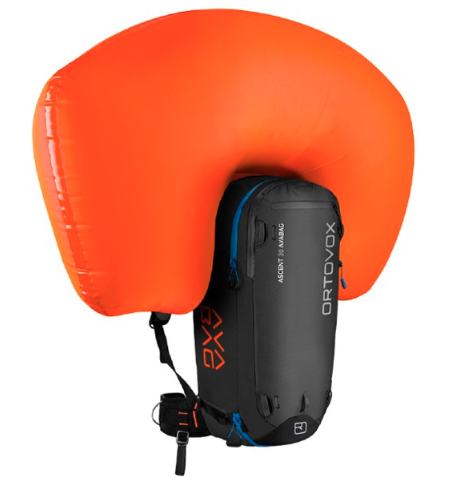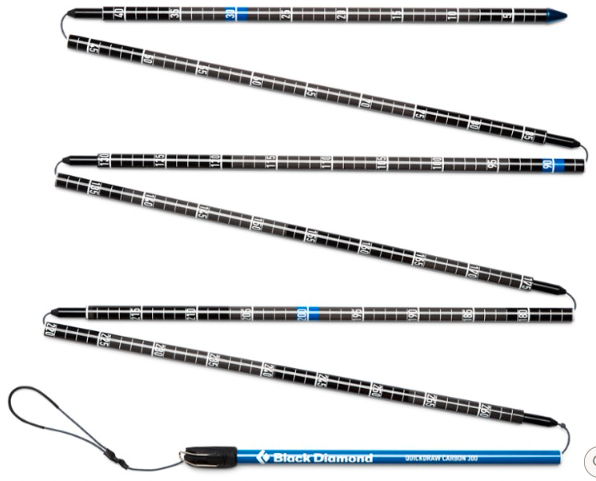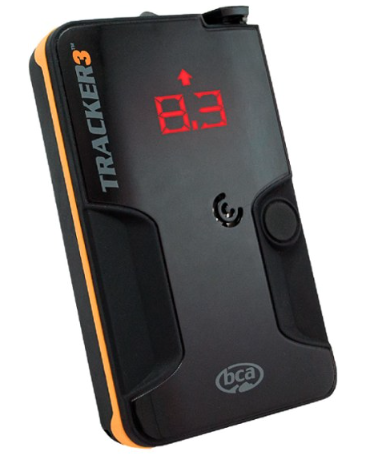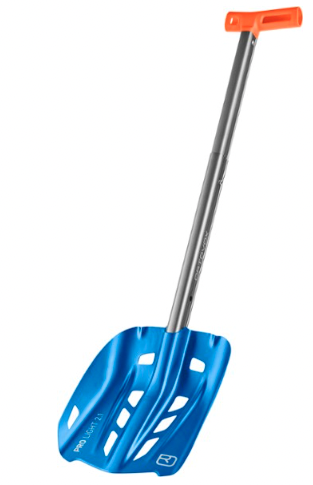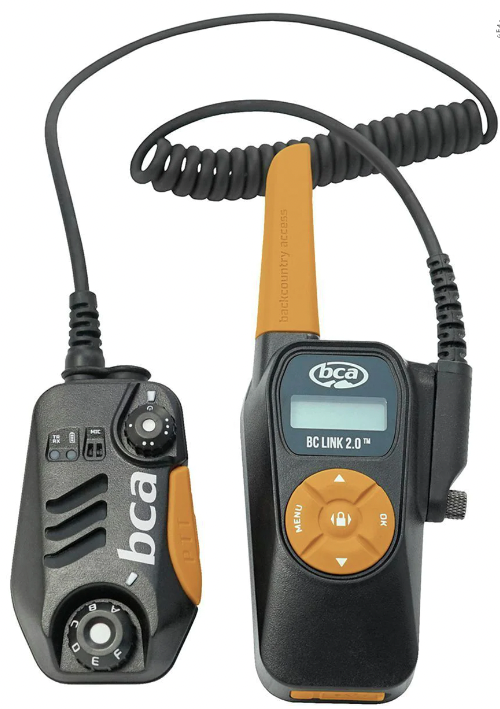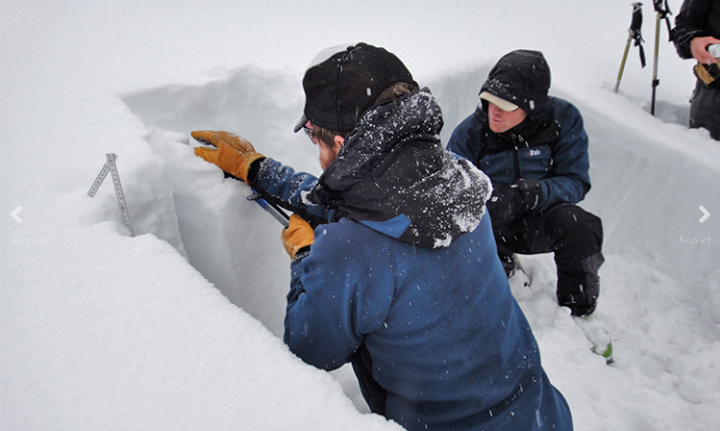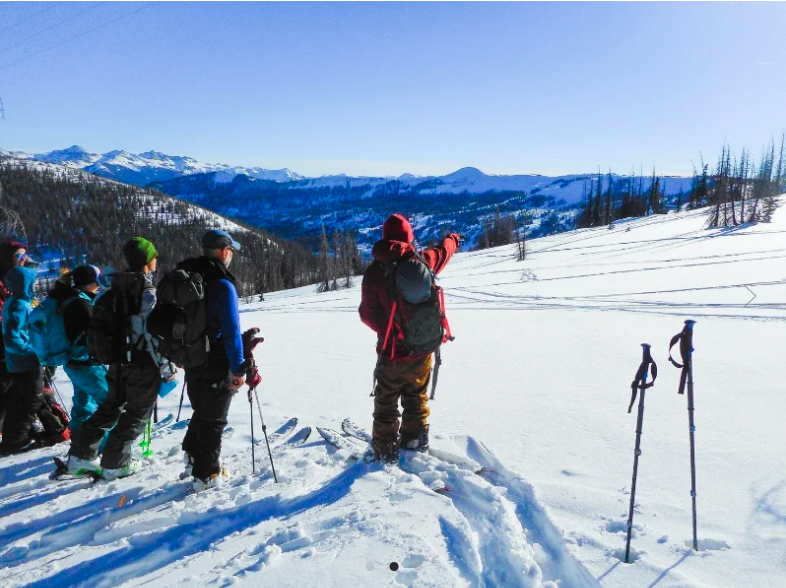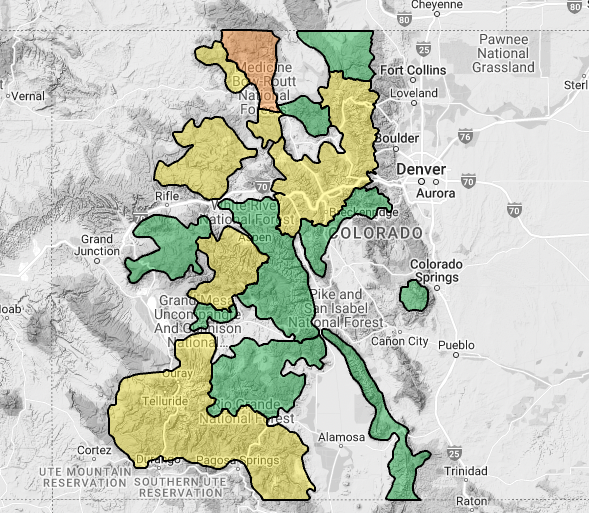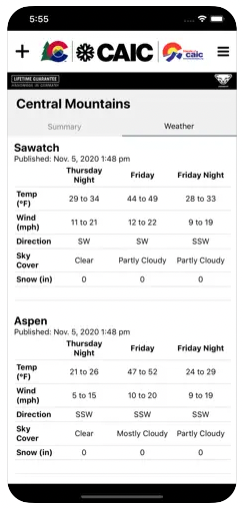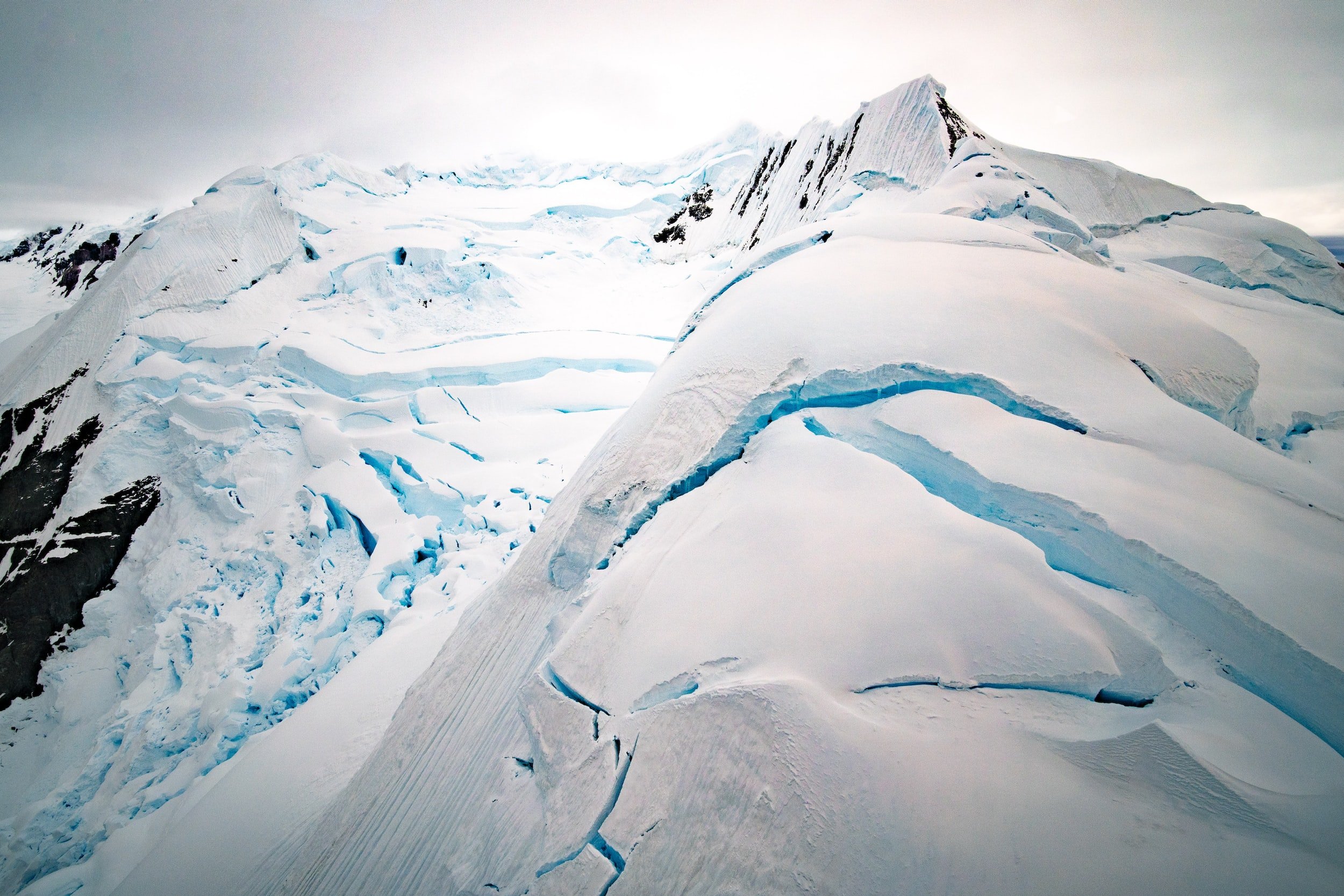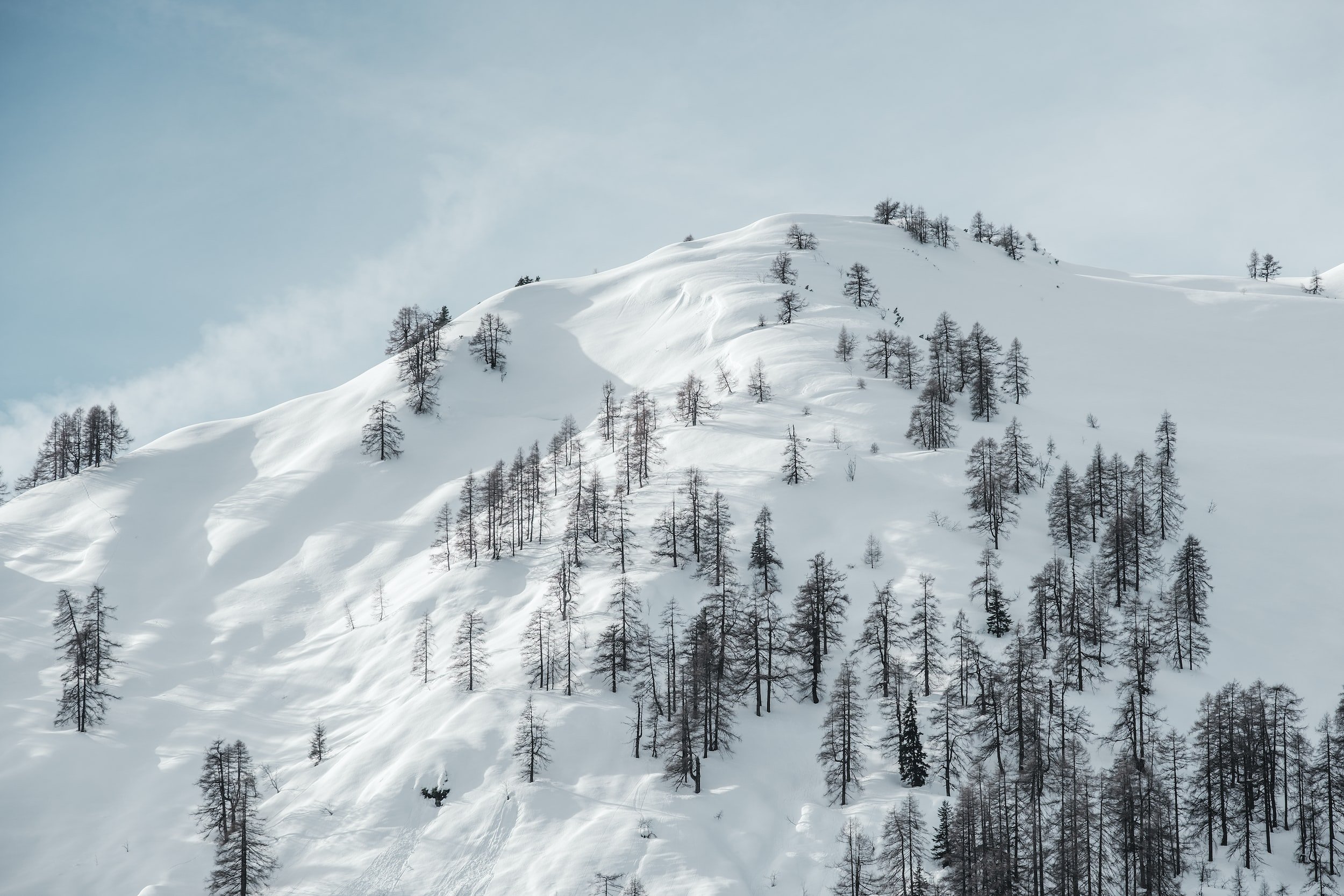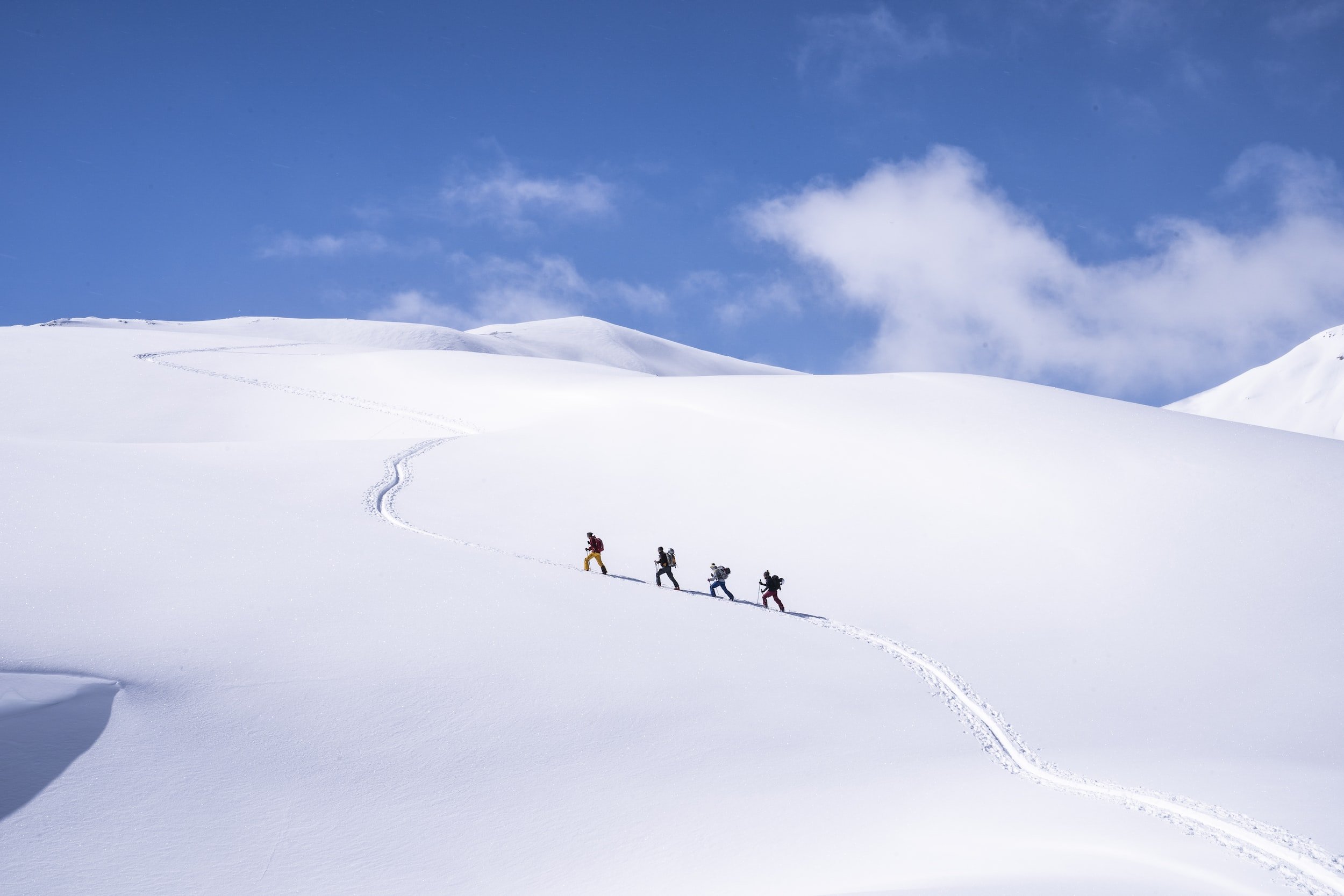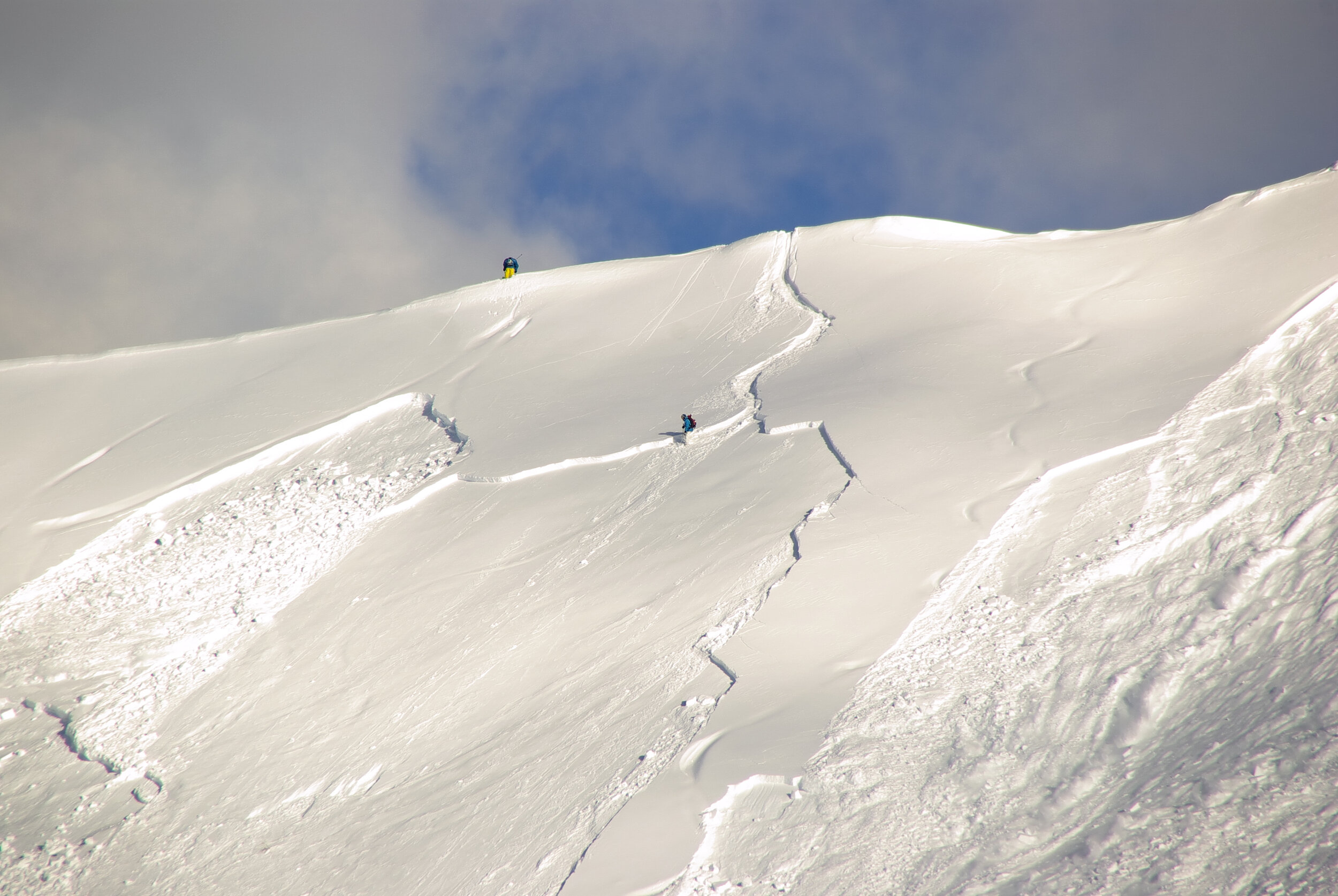
Avalanche Safety for Ouray areas
Persistent Slab avalanches can be triggered days to weeks after the last storm. They often propagate across and beyond terrain features that would otherwise confine Wind and Storm Slab avalanches. In some cases they can be triggered remotely, from low-angle terrain or adjacent slopes. Give yourself a wide safety
As we enter the winter season make sure you are educated for backcountry use. Avalanches don't discriminate... Whether you are a snowmobiler, skier, or hiker, it is equally dangerous. See the five steps to help you know before you go.
Get out in front of backcountry danger. Colorado's backcountry is vast and beautiful, but it can change in an instant.
Visit http://www.Colorado.com/WinterBackcountry to learn more and get resources, and http://www.Colorado.com/Pledge to let us know you're exploring the backcountry safely this winter.
You need the right tools for the right job. Backcountry adventures require the best gear for optimal safety. See what is recommended below.
1) GET THE GEAR
Avalanche Float Pack
-
An avalanche backpack is a backpack with an integrated avalanche airbag system. The avalanche airbag is basically a large balloon that inflates if you pull a cord or handle. The inflated airbag will make it less likely to be completely buried by an avalanche, potentially helping you to be rescued faster.
-
$700
Collapsable Probe
-
A metal rod used to probe through avalanche debris for buried victims. Avalanche probes are a must for the backcountry. They can knock precious minutes off rescue times in an avalanche situation.
-
$100
Transceiver
-
A metal rod used to probe through avalanche debris for buried victims. Avalanche probes are a must for the backcountry. They can knock precious minutes off rescue times in an avalanche situation.
-
$100
Collapsable Shovel
-
An avalanche shovel is more compact than a regular snow shovel. BCA Dozer shovels can be detached from the shaft to be easy to pack and carry into the backcountry. Research has shown that shoveling is the most time-consuming aspect of an avalanche rescue.
-
$80
Radio
-
In a situation with an avalanche this is key for communicating with the rest of your group. Outside of avalanche danger, it is great to use for snowmobiles or snowbike users.
-
$190
You need the right tools for the right job. Backcountry adventures require the best gear for optimal safety. See what is recommended below.
2) GET THE TRAINING
San Juan Mountain Guides
-
December 9 – 11
January 2 – 4 (Mon – Wed)
January 27 – 29
February 6 – 8 (Mon – Wed)
March 10 – 12
*Custom/Private Dates Available throughout 2022-2023 Winter Season
-
$699 PER PERSON
-
Guiding and instruction with an IFMGA or AMGA & Avy Certified/Trained Guide
AIARE Level 1 Course Manual
AIARE “Blue Book” Rite in the Rain Fieldbook
Use of latest avalanche gear & technology (beacon, probe, shovel from Ortovox)
Certification of Course Completion
Mountain trip
-
Dec. 16-18, 2022
Jan. 27-29, 2023
Feb. 3-5, 2023
Feb. 17-19, 2023
March 3-5, 2023
March 10-12, 2023
-
$649 PER PERSON
-
Itinerary
Pre-Course: Self-paced online study module (optional)
Day 1
8:30 a.m. Meet at Classroom Location
8:30 a.m.-12 p.m. Avalanche Hazard Concepts
Introductions
Avalanche Triangle: The framework for understanding avalanche hazard
Terrain
Weather
Snowpack
Human factors
1-4 p.m. Avalanche Rescue Skills Introduction
Pack contents: What to bring into the backcountry
Transceiver search techniques
Effective probing and pinpoint search skills
Individual and group strategic shoveling
Full scenario practice
4 p.m. Debrief
Day 2
8:30 a.m. Meet at Classroom Location
9-11 a.m. Backcountry Tour Planning Session
Avalanche forecast
Weather resources
Online mapping tools
Field book use
11:30 a.m.-4 p.m. Backcountry Field Session
Field weather observations
Snowpack observations
Terrain observations
4 p.m. Debrief
Day 3
8:30 a.m. Meet at Field Location
9 a.m.-4 p.m. Full-Day Backcountry Tour
Travel management
Field observations
Group decision-making
4 p.m. Course Close and Debrief
Please note: Course itineraries are approximate and subject to change due to weather conditions, group abilities, and other elements outside of our control.
AIARE
-
AIARE avalanche training courses are action-packed, combining virtual classrooms and tons of field instruction to provide participants with a solid introduction to avalanche awareness and backcountry travel skills.
-
Varies depending on which course you take
#Knowbeforeyougo
Know Before You Go (KBYG) is a free avalanche awareness program. Not much science, no warnings to stay out of the mountains, no formulas to memorize. In about an hour, you will see the destructive power of avalanches, understand when and why they happen, and how you can have fun in the mountains and avoid avalanches.
Make sure you know what the weather is going to be, what the current conditions are, and what areas you should be avoiding.
CAIC = Colorado Avalanche Information Center.
3) GET THE FORECAST
CAIC Forecast
CAIC App
Current Weather forecast for Ouray, Co
Know the terrain you are about to go into. Know the conditions of the mountain and the obstacles that you may encounter and the best places to escape a potential hazard.
4) GET THE PICTURE
Look for fresh snow & tree Debris
Watch for cracks
Know your route
If there is a slightest chance you think an avalanche could trigger, don't do it. Is a couple of minutes of adrenaline worth your life or someone else's? Don't stop in avalanche paths or runouts. Park on the outsides of the path.
5) GET Out of Harm’s Way
Slab Avalanches.
Remote triggering is a nefarious feature of Persistent Slab avalanches. With certain snowpack conditions, we can start a crack on a low-angle slope that travels through the snow to a steeper slope, releasing an avalanche.
Unstable Snowpack.
Backcountry riders triggered three large avalanches remotely on December 24, 2020. A remote-triggered avalanche is one the occurs away from the point where they are triggered. They can be unpredictable, wide, and very dangerous.


